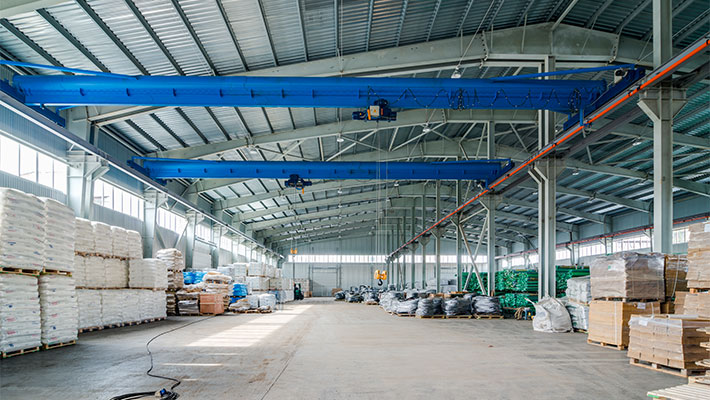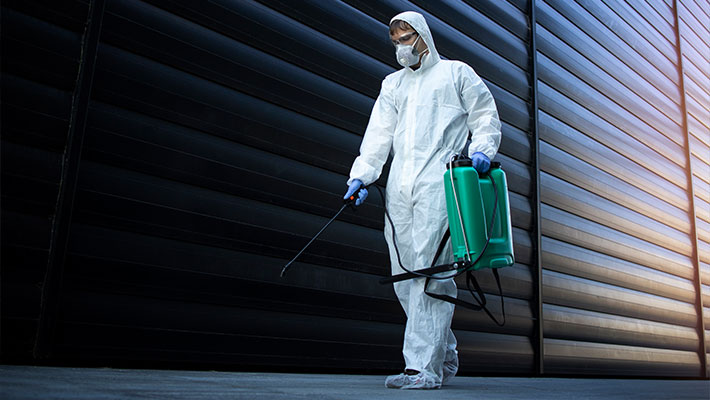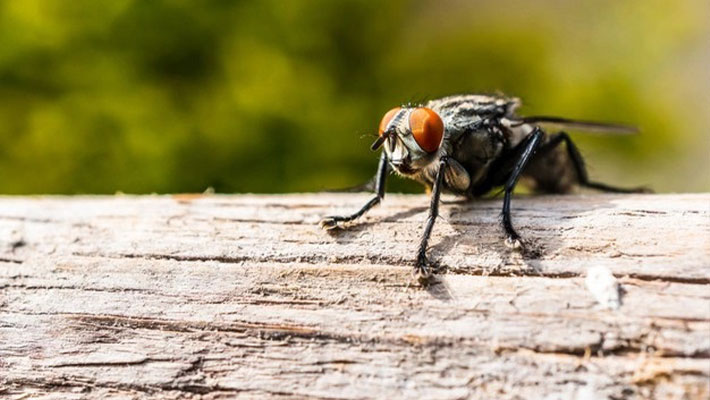Phytosanitary treatments for quarantine purposes are regulated by Mapa
September 27, 2021
On August 27, the Ministry of Agriculture, Livestock and Supply (Mapa) published Ordinance No. 385, in the Official Gazette of the Federal Government, establishing the criteria and procedures for performing phytosanitary treatments with quarantine purposes. This measure is intended to meet the requirements of international phytosanitary certification of importing countries, in operations of application of phytosanitary or export measures prescribed in import operations by the Ministry. The measure aims to meet international guidelines and recent requirements from import markets.
What is phytosanitary treatment?

First, we need to understand that this practice is necessarily adopted in packaging used for import and export of regulated articles. Phytosanitary treatment is a special procedure aimed at controlling quarantine pests in wood by-products and plant products. The use of this treatment aims to prevent pests from reaching or infesting another region, which can cause massive environmental imbalance. In addition, by quarantine pests, it is understood any organism, whether plant or animal, typical of a region, which could become a threat to the country’s agricultural economy if it infests another region where it did not exist before.
This treatment is regulated by the International Standard for Phytosanitary Measures (ISPMs) No. 15, created by the Food and Agriculture Organization of the United Nations (FAO). Only companies authorized by the Ministry of Agriculture, Livestock and Supply (Mapa) can carry out phytosanitary treatment. The import and export of products are the main vectors for the introduction of unnatural quarantine pests in the affected region. In this aspect, they can damage or compromise crops, becoming an impediment to exports from Brazil.
How to define a quarantine pest?

Before defining an organism as a quarantine pest, a risk analysis is performed. This analysis includes studies on plant pathogens and which ones are present in the region, and, thus, the list of natural pests in the country and the probability of them becoming a problem for the economy is made. Therefore, when the organism is classified as a pest, it receives a classification according to two categories:
A1 – Exotic pests not present in the country.
A2 – Pests of potential economic importance that are already present in the country.
Quarantine pests have localized dissemination and are part of an official control program. Both those present and absent in Brazil are cataloged in a list, constantly updated by Mapa. Since 2007, it has been published by the ministry in the Official Gazette of the Federal Government (DOU).
What does the new Ordinance say?
Meanwhile, for companies already accredited, the Ordinance provides for a period of 180 days to adjust their procedures and documentation, and, thus, revokes Normative Instruction No. 66/2006.
According to Edilene Cambraia, General Coordinator of International Phytosanitary Inspection and Certification at Mapa, “The publication of the ordinance improves the regulations for carrying out phytosanitary treatments for quarantine purposes, in compliance with international guidelines and new requirements from import markets, especially regarding the guarantee, by the Brazilian phytosanitary authority, of the traceability of the treatment”.
Therefore, check your company’s need for phytosanitary treatments and follow the new Ordinance to clarify your doubts. If you need a specialized consultancy, count on Licempre everytime.


